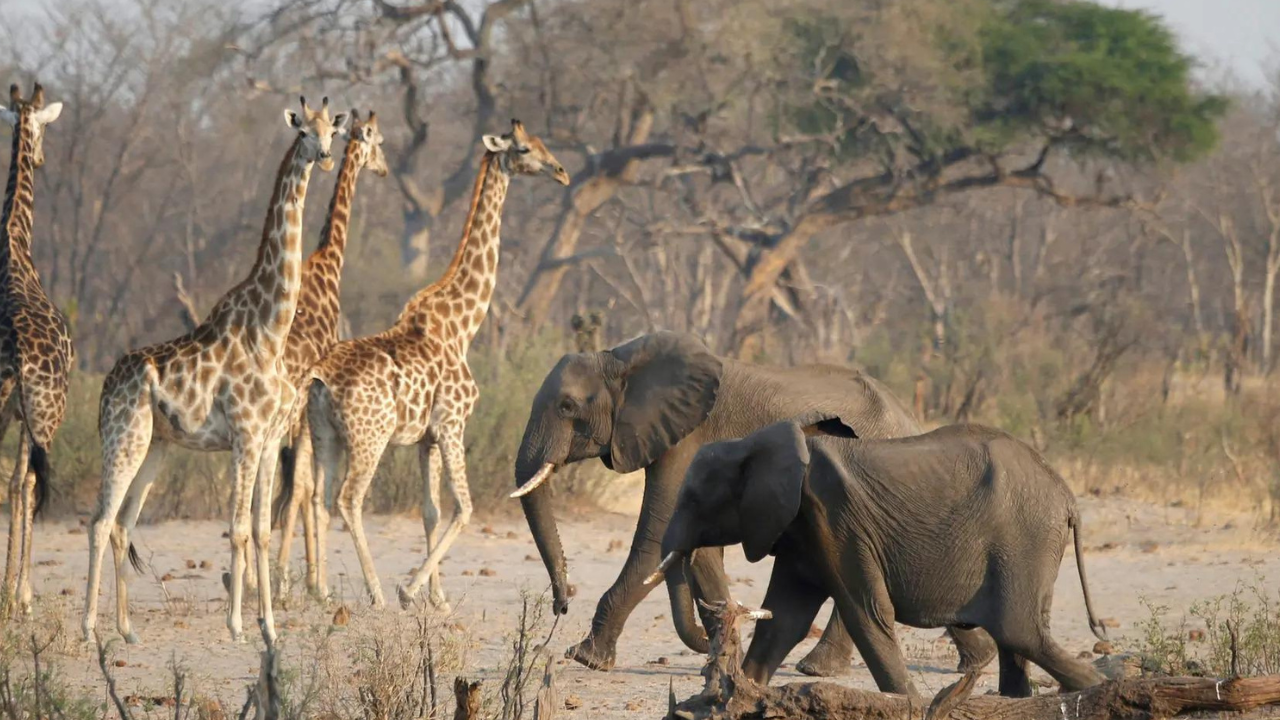In addition to elephants, Namibia plans to cull 300 zebras, 30 hippos, 50 impalas, 60 buffaloes, 100 blue wildebeest, and 100 elands.
The country’s ministry of environment, forestry and tourism said that this measure is “necessary” and “in line with our constitutional mandate where our natural resources are used for the benefit of Namibian citizens”, according to a report by the New York Times.
The current drought, exacerbated by the El Nino climate pattern, has affected more than 30 million people across southern Africa, as reported by the UN World Food Program in June.
Juliane Zeidler, the country director of the World Wildlife Fund in Namibia, highlighting the severity of the situation, said, “There is no food. There is no food for people and there is no food for animals.”
The decision to kill these animals is not solely for their meat; it is also an attempt to reduce dangerous encounters between humans and wildlife, which are expected to increase during the drought as both seek out limited water and vegetation resources. As the drought becomes nationwide, animals have limited space to migrate, further exacerbating the problem.
The situation in Namibia is critical, with a United Nations spokesperson stating that 84% of the country’s food resources are already exhausted.
The US Agency for International Development, which recently announced an additional $4.9 million in humanitarian assistance, noted that the period from July to September is the peak of the lean season when food is scarcest.
While the consumption of wild animals is not uncommon in the region and is allowed under the Convention on Biological Diversity, it is crucial that the harvesting of these animals is carried out using scientifically proven, sustainable methods that consider animal welfare and adhere to both domestic and international commitments and legislation.






